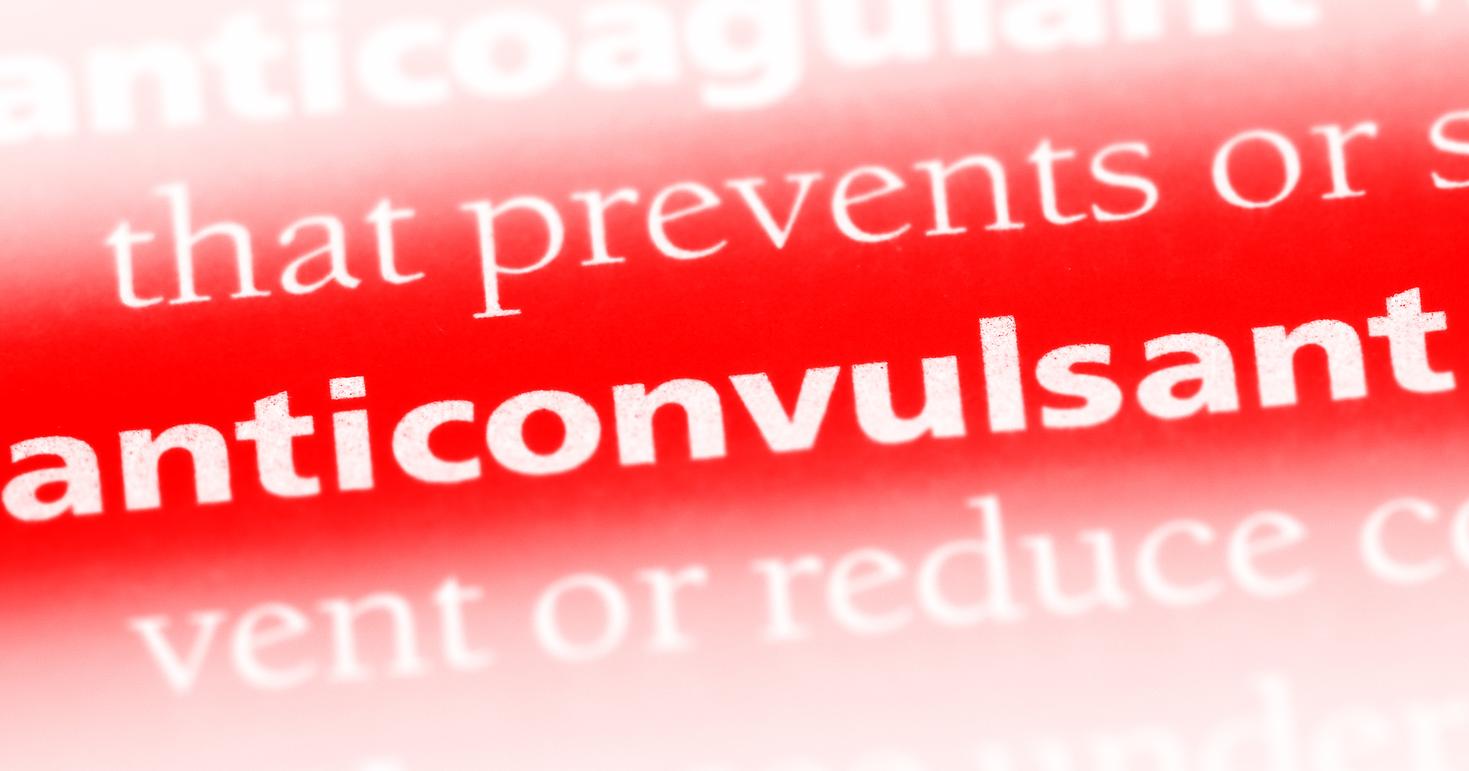Overview Of Gabapentin
Gabapentin is an anticonvulsant that is mainly used to prevent partial seizures in children and adults. Some brands are specifically formulated to treat pain associated with neuropathy caused by shingles. Gabapentin can be taken as a liquid or as an immediate-release or extended-release tablet. It first became available in the United States in 1993, and the generic form was first available in 2004. A standard adult dosage of gabapentin for the treatment of epilepsy varies between nine hundred and 1800 milligrams, and the maximum recommended daily dosage is 3600 milligrams. For the treatment of neuropathy, the maximum recommended dosage is 1800 milligrams per day, and individuals who use gabapentin for restless legs syndrome typically take one dose of six hundred milligrams each evening.
Get familiar with gabapentin now.
Class Of Medication
Gabapentin belongs to the anticonvulsant class of medication. As an anticonvulsant, it works by calming the hyperactivity in the brain that occurs with epilepsy, restless legs syndrome, migraines, and nerve damage that results from shingles. Gabapentin is available in various formulations. Some of these are intended specifically for use in the treatment of pediatric and adult seizures, and other forms are used to treat restless legs syndrome and nerve pain. Patients should ensure they use the form of gabapentin their doctor has prescribed, and this should be rechecked at each prescription refill.
Learn about the most common uses for gabapentin next.
Common Uses for Gabapentin

Gabapentin is approved for the treatment of partial-onset seizures in adults and children over three years old. The medication is effective in treating both focal seizures and mixed seizures, but there is insufficient evidence to support its use as a treatment for generalized epilepsy. Gabapentin is available in several different brand names, and some of these are specifically intended to treat restless legs syndrome and shingles-related neuropathy. Doctors will prescribe the appropriate brand of gabapentin for the patient's specific condition. Brands of gabapentin are not interchangeable with each other, and patients should ask their doctor whether they need to take their tablets with or without food. When used for epilepsy treatment, patients transitioning from gabapentin to another drug will need to taper off their dose over at least one week to avoid withdrawal symptoms. This should only be done under medical supervision.
Keep reading to learn about some uncommon uses for gabapentin next.
